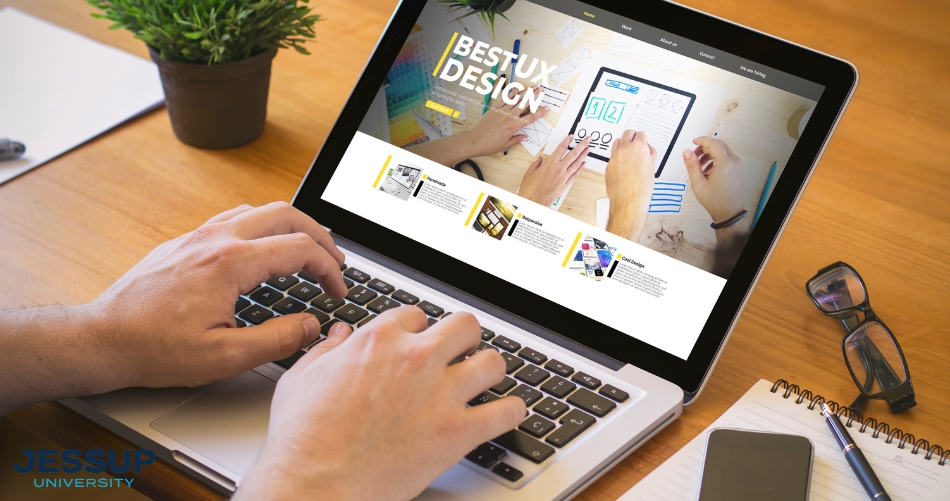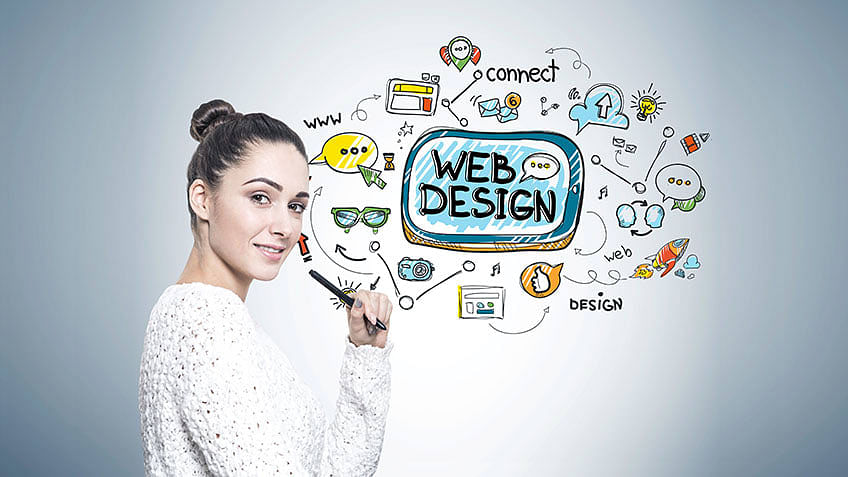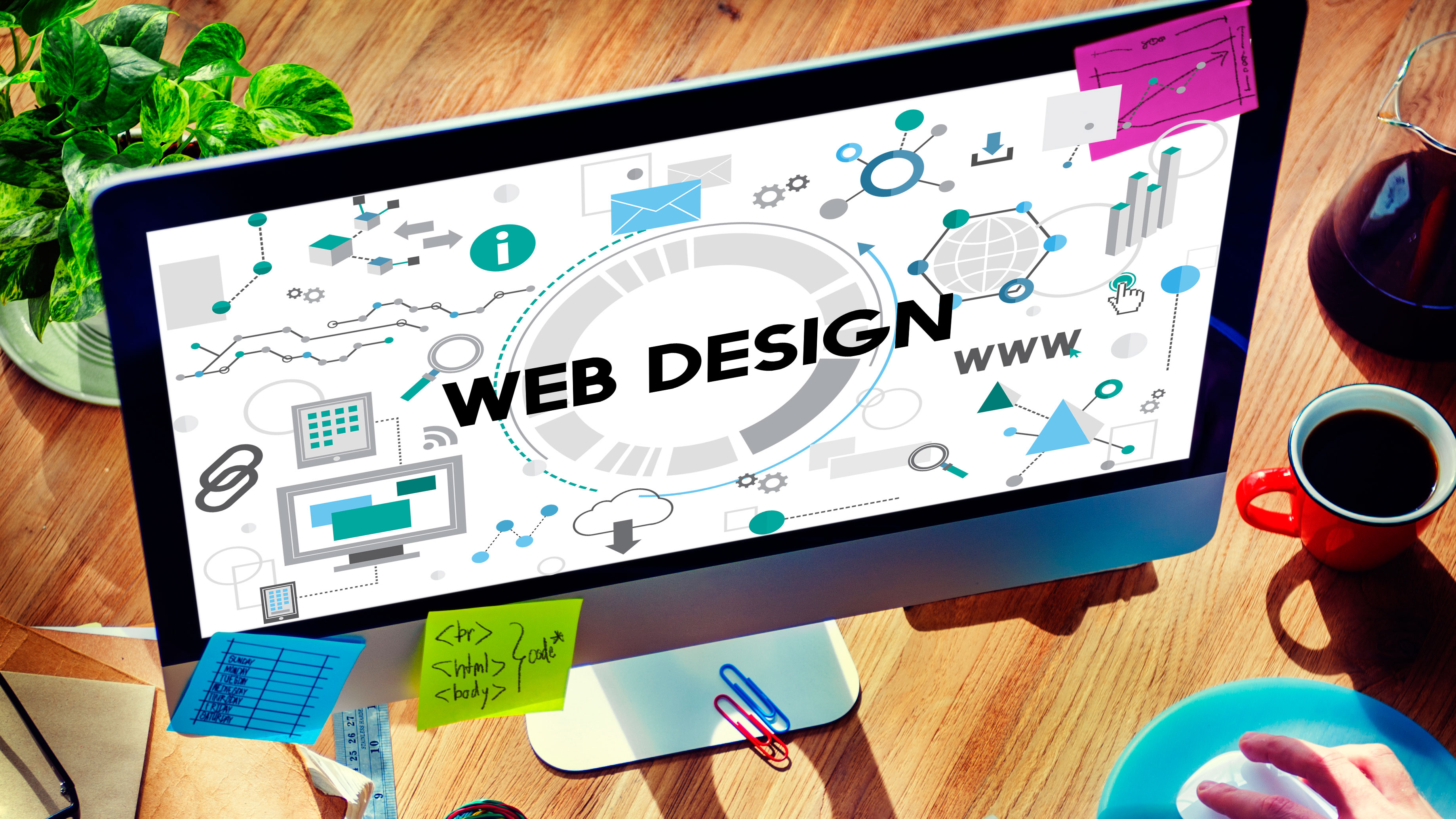The Finest Kinds of Website Design to Improve Individual Experience and Involvement
In the ever-evolving landscape of electronic interaction, the performance of website design dramatically affects user experience and involvement. Different design approaches, such as minimal, responsive, and interactive formats, each offer unique benefits that can satisfy varied customer requirements. Understanding which kinds of Web layout best offer these goals can be critical for services intending to improve customer contentment and retention. Nonetheless, the question remains: which design aspects absolutely resonate with individuals and foster meaningful engagement? The expedition of these concepts reveals important understandings that might redefine your approach to Web style.
Minimal Website Design
As electronic landscapes end up being progressively messy, minimalist website design has actually arised as an effective technique to enhancing user experience. This design philosophy focuses on simpleness, concentrating on necessary aspects while getting rid of unnecessary interruptions. By utilizing ample white space, uncomplicated navigating, and a minimal color palette, minimal layout promotes clarity and directs customer interest to key content.
The core concept of minimalist Web layout is to produce a seamless communication for individuals. By decreasing cognitive load, customers can quickly grasp information without feeling bewildered. This straight method not just enhances usability yet likewise encourages involvement, as visitors are more most likely to explore a website that is simple and aesthetically attractive to browse.
Furthermore, minimal design often emphasizes typography and imagery, using these elements tactically to share messages successfully. This concentrate on vital parts can enhance brand name identification and create a remarkable individual experience. Basically, minimalist Web layout is not just a pattern; it is a thoughtful technique that recognizes the relevance of user-centered design. By removing nonessential aspects, developers can create a more interesting, efficient, and pleasurable Web experience for all users.
Responsive Website Design
In today's varied electronic setting, receptive Web layout has actually become vital for developing a smooth customer experience throughout a plethora of devices. As individuals accessibility internet sites on smart devices, desktop computers, laptops, and tablets, the ability of a website to adapt its layout and content to various screen dimensions and resolutions is crucial.
Receptive Web layout utilizes versatile grids, images, and CSS media queries to ensure that Web content exists optimally, regardless of the tool made use of. This technique not just enhances the aesthetic allure of a web site however also considerably improves use. Individuals are more probable to involve with a site that supplies a regular experience, as it gets rid of the frustration of having to focus or scroll exceedingly.
Furthermore, online search engine, including Google, focus on mobile-friendly sites in search positions. By adopting responsive layout, companies can improve their exposure and reach a more comprehensive audience. This approach likewise streamlines site upkeep, as a single variation of the site can deal with all devices, lowering the need for numerous versions. In recap, receptive website design is an essential technique that improves customer experience, interaction, and total complete satisfaction.
Interactive Web Design
Responsive website design prepares for improving customer experience, however interactive Web layout takes this an action even more by engaging individuals in a much more vibrant means - Aligned Position Web Design. By incorporating aspects such as computer animations, clickable models, and real-time responses, interactive Web design mesmerizes individuals, attracting them right into a richer surfing experience
This method not only promotes interaction yet additionally urges users to explore content actively instead of passively consuming it. Methods such as gamification, where individuals make incentives for finishing jobs, can substantially boost the moment invested in a website and boost overall contentment. Furthermore, interactive features can simplify complicated details, making it extra pleasurable and digestible.

Integrating interactive layout elements can likewise bring about higher conversion prices, as users are most likely to engage with a site that proactively entails them. Aligned Position Web Design. Ultimately, interactive website design transforms user experiences right into remarkable journeys, guaranteeing that site visitors return time after time
Apartment Style
Identified by its minimalistic approach, flat design highlights simplicity and performance, removing away unneeded components and concentrating on essential features. This style viewpoint prioritizes functionality, making sure that customers can browse user interfaces with ease and efficiency. By employing a clean visual, level layout eliminates the clutter look here frequently discovered in a lot more luxuriant designs, therefore boosting user focus on material and performance.
The trademark of flat style lies in its use of strong colors, easy typography, and geometric shapes. These components add to an aesthetically attractive interface that is both modern and approachable. In addition, flat design cultivates a sense of clarity, allowing customers to determine vital actions and details without diversion.
Additionally, level layout is particularly efficient in receptive Web style, as its simpleness converts well across different tools and display sizes. By focusing on crucial features, flat layout not just meets individual requirements yet also motivates smooth communication, making it a vital component of efficient Web style approaches.
Flexible Web Design
Adaptive Web layout tailors the user experience by producing numerous fixed layouts tailored to different screen sizes and gadgets. Unlike receptive layout, which fluidly readjusts a single layout, adaptive design employs unique designs for certain breakpoints, making certain optimum presentation on various platforms. This method enables designers to concentrate on the special attributes of each gadget, improving functionality by providing exactly what individuals need based on their context.
One of the key benefits of flexible website design is its capability to enhance load times and performance. By serving tailored web content and photos that fit the customer's gadget, web sites can lessen information use and improve loading speeds. other This is especially useful for users with slower connections or minimal information plans.

In addition, adaptive layout facilitates a much more regular and regulated branding experience. Because developers create several formats, they can ensure that the visual components align with the brand's identification throughout different systems - Aligned Position Web Design. This causes a cohesive individual experience, boosting engagement and promoting customer retention
Conclusion
Finally, the assimilation of minimalist, receptive, and interactive website design principles substantially boosts user experience and interaction. Minimal layout fosters clarity and emphasis, while receptive design makes sure flexibility throughout various see this website gadgets, advertising access. Interactive design mesmerizes customers with vibrant components, encouraging exploration and customization. Jointly, these design approaches add to the creation of easy to use settings that not just enhance contentment yet also drive higher conversion rates, highlighting their critical relevance in modern Web layout strategies.

Minimal layout fosters clarity and focus, while responsive style makes certain flexibility throughout various devices, promoting access. Jointly, these layout approaches contribute to the creation of easy to use atmospheres that not just enhance contentment yet also drive greater conversion prices, emphasizing their vital importance in contemporary Web layout approaches.
Comments on “Aligned Position Web Design: Creating Custom Websites That Drive Traffic and Increase Conversions”